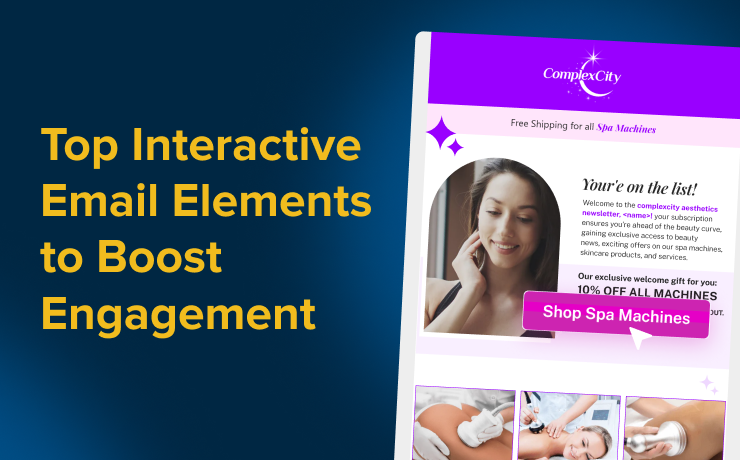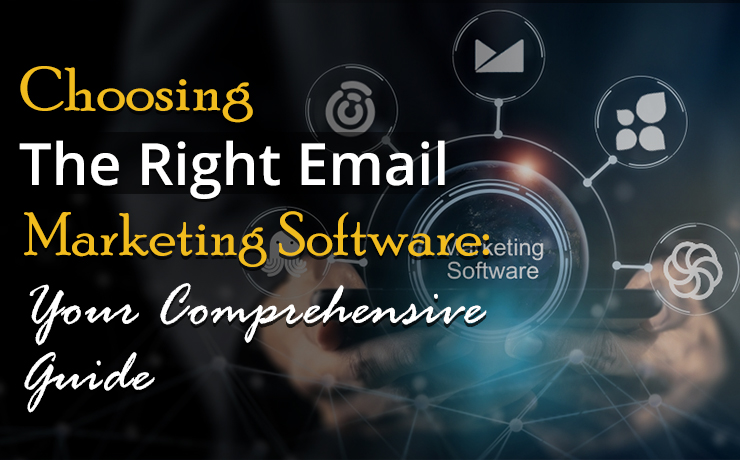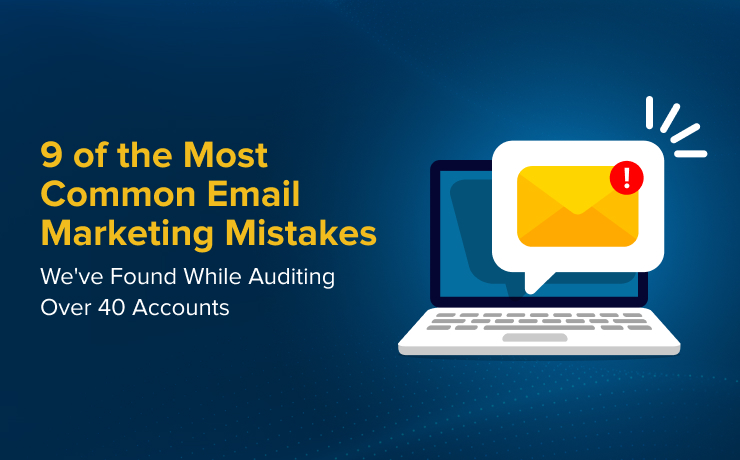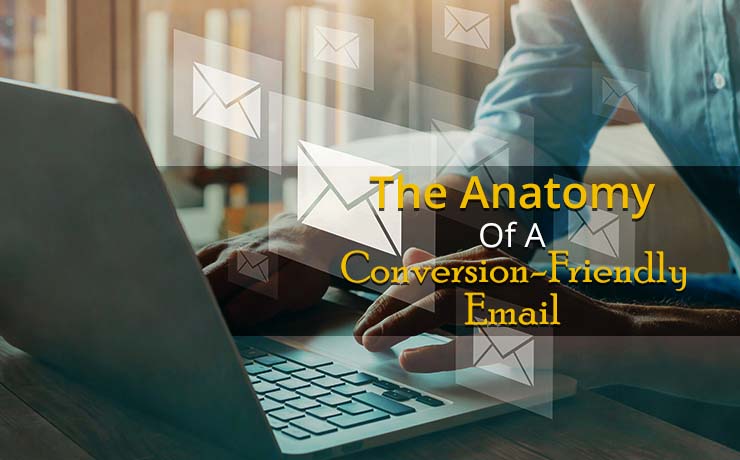Best Practices for Making the Most of an Email Unsubscribe

Stephanie Williams
Email Marketing Specialist
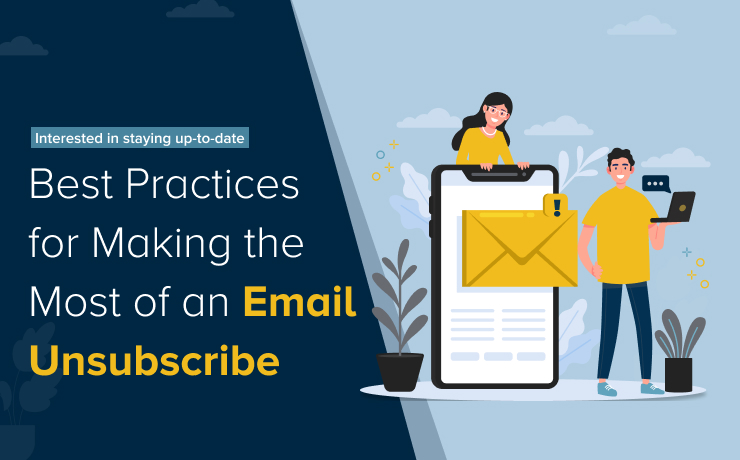
Taking care of customers is important, even when they unsubscribe from your email list. They may opt out of your email list, but that doesn’t mean they don’t want to be your customer. If you treat them poorly during the unsubscribe process, you run the risk of losing them forever and we all know a lost customer is three times the work to try and get back!
Email Unsubscribe Best Practices
Here are a few unsubscribe best practices you should follow to make the process is seamless for your customers/clients, all while building your sending reputation:
Send a Re-engagement Email to Inactive Contacts
Some customers may never unsubscribe, but their consistent inactivity could be worth all the same. With an effort in re-engaging them and avoiding a potential unsubscribe, consider sending your inactive contacts a re-engagement email drip campaign. This will encourage them to update their email preferences or unsubscribe, ultimately improving your campaign metrics.
When using this method, don’t shy away from using incentives to recapture their interest and attention. Consider what upcoming sales/discounts/new product tests you may be able to offer if budgets are tight.
Ask Contacts Why They Unsubscribed
Unsubscribes can contribute to quality list health, but don’t be afraid to ask subscribers why they chose to stop receiving emails. Just keep your question short and sweet. A single multiple-choice question is a perfect example. If you’re going to use this tactic, follow unsubscribe email best practices, making the survey question optional. Collecting this data is valuable because you can improve your marketing efforts based on the trends you see.
Make Unsubscribing Easy
Your emails should already include an option to allow customers to unsubscribe. Not only is it a basic part of unsubscribe best practices, but it’s required by law under the CAN-SPAM Act. Most brands will include their unsubscribe information in the footer of the email. But if you want to make the process clear and easy for your customers, you should also include a link in the email header.
Monitor and Analyze Unsubscribe Trends
It’s essential to monitor and analyze your unsubscribe trends to understand what’s working and what’s not. If you notice a sudden spike in unsubscribes, it’s important to investigate and determine the root cause. You may find that a specific campaign or messaging isn’t resonating with your audience or that your frequency is too high. By analyzing your unsubscribe trends, you can make informed decisions about your email marketing strategy, improve engagement, and reduce churn. Don’t forget that it’s not about keeping every subscriber at all costs, but about fostering a positive customer experience that drives long-term loyalty and growth.
Email marketing can be a highly effective way to reach and engage with your customers, but it’s essential to make the unsubscribe process easy and seamless. By following best practices, you can improve engagement, reduce churn, and build strong customer relationships that last.
 Free
Consultation
Free
Consultation Free
Google Ads Audit
Free
Google Ads Audit
